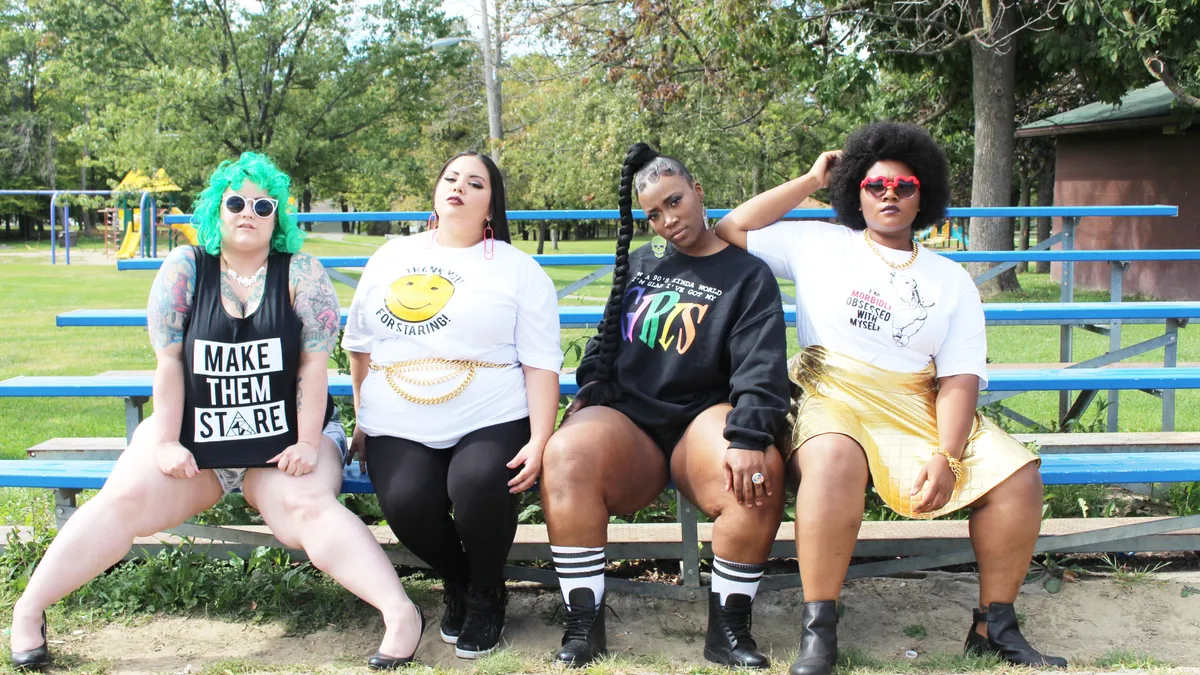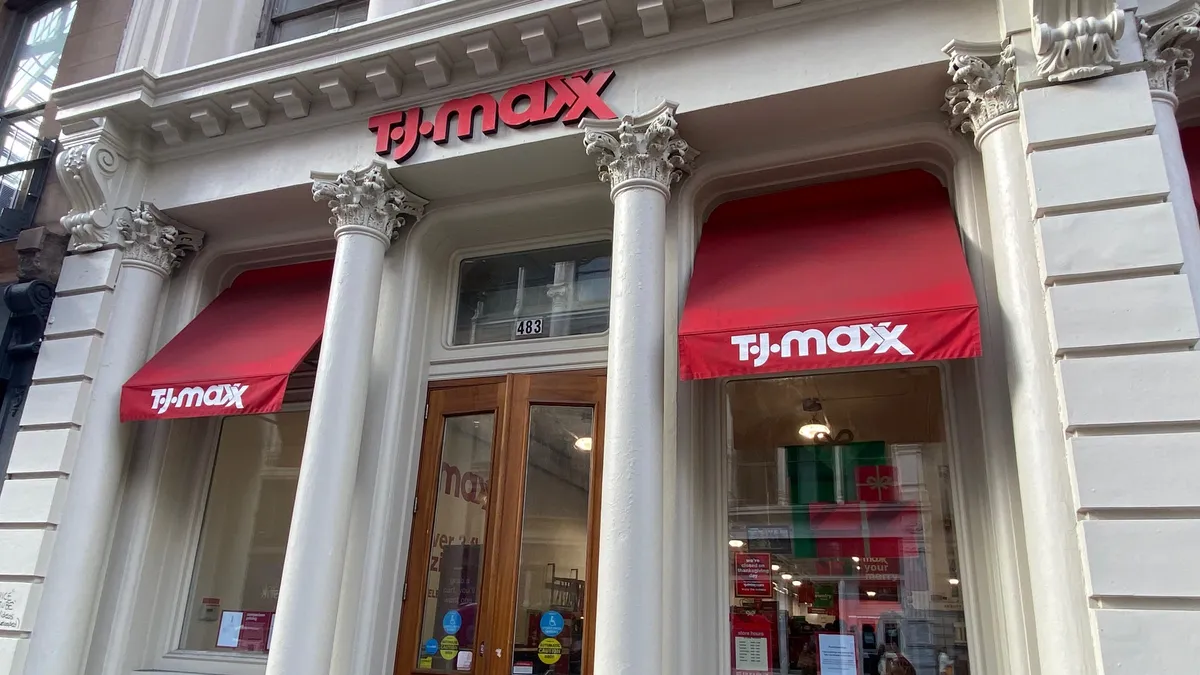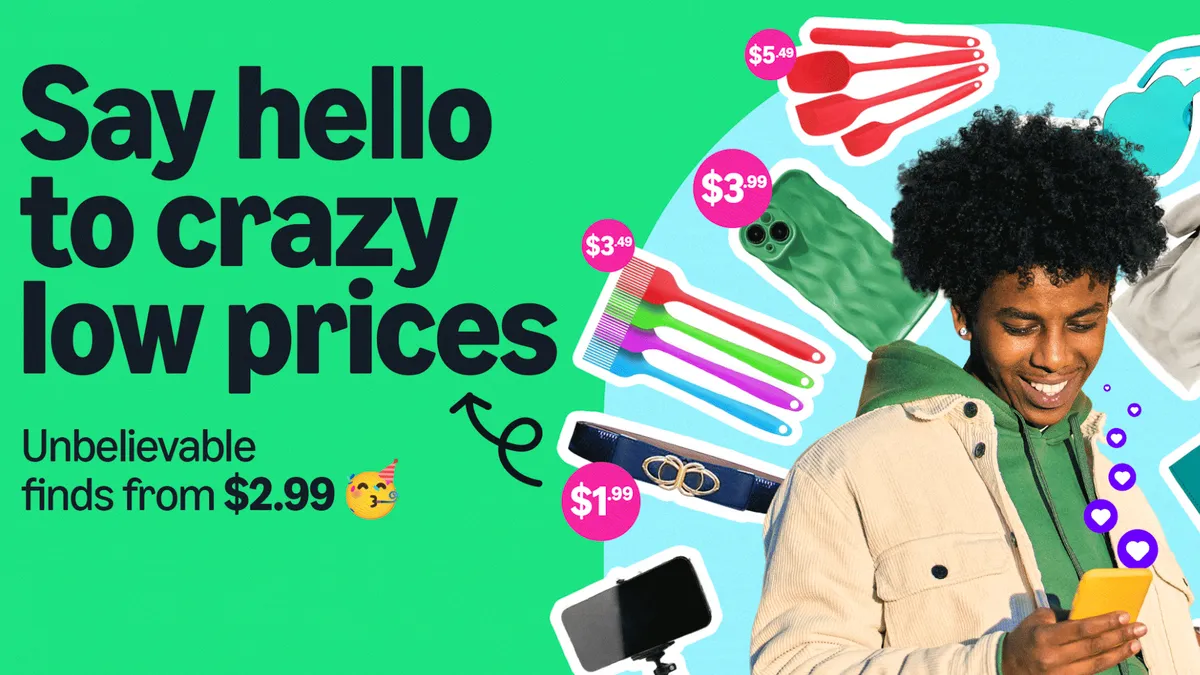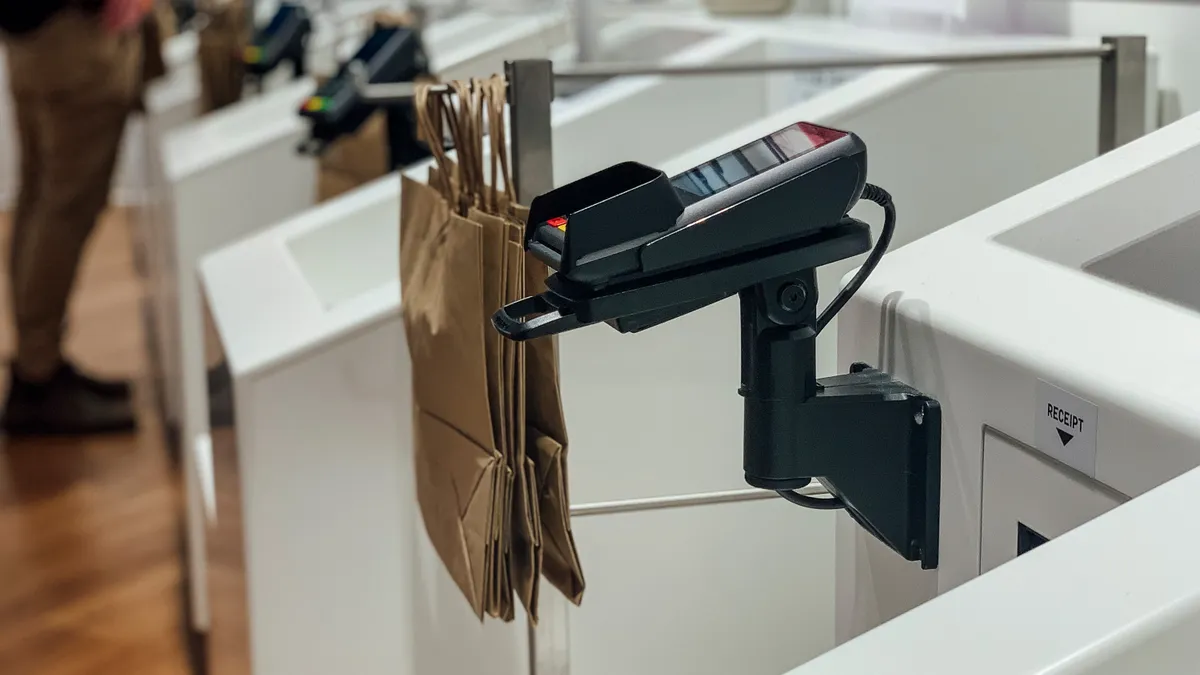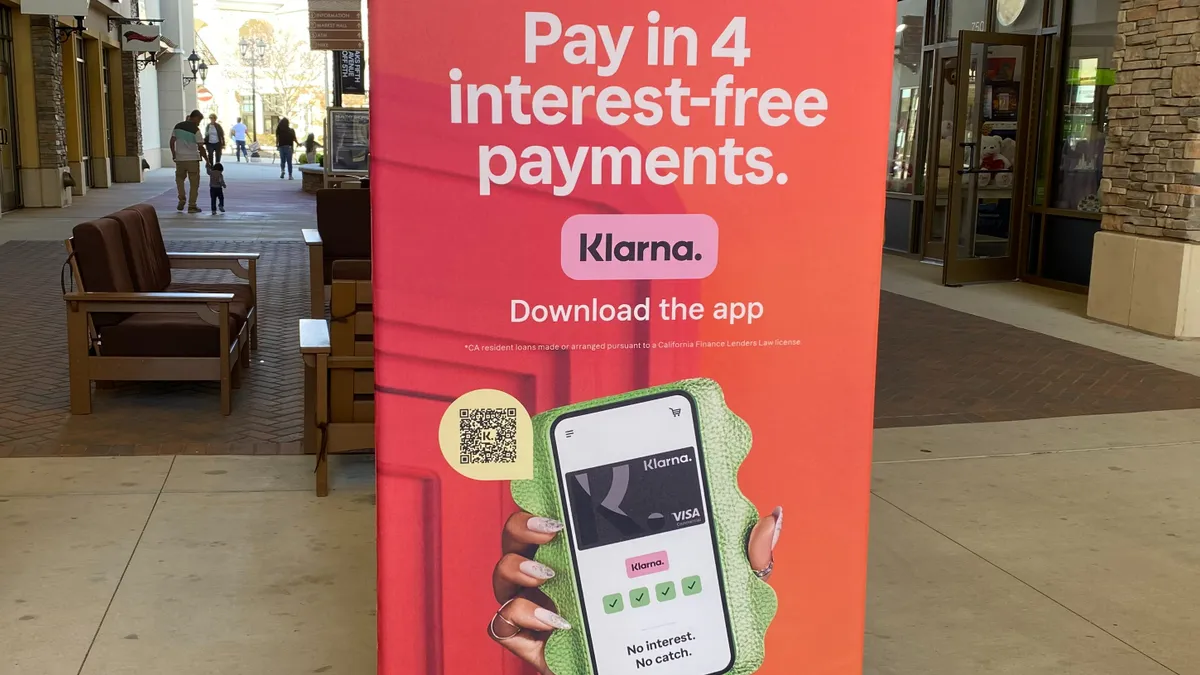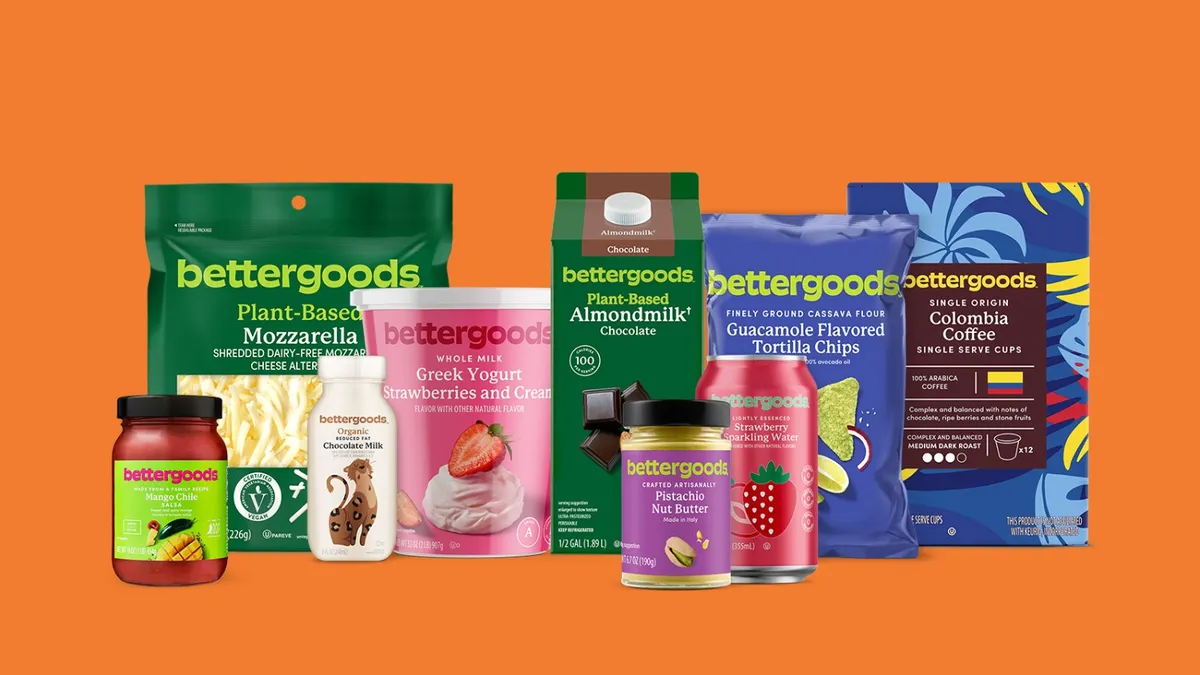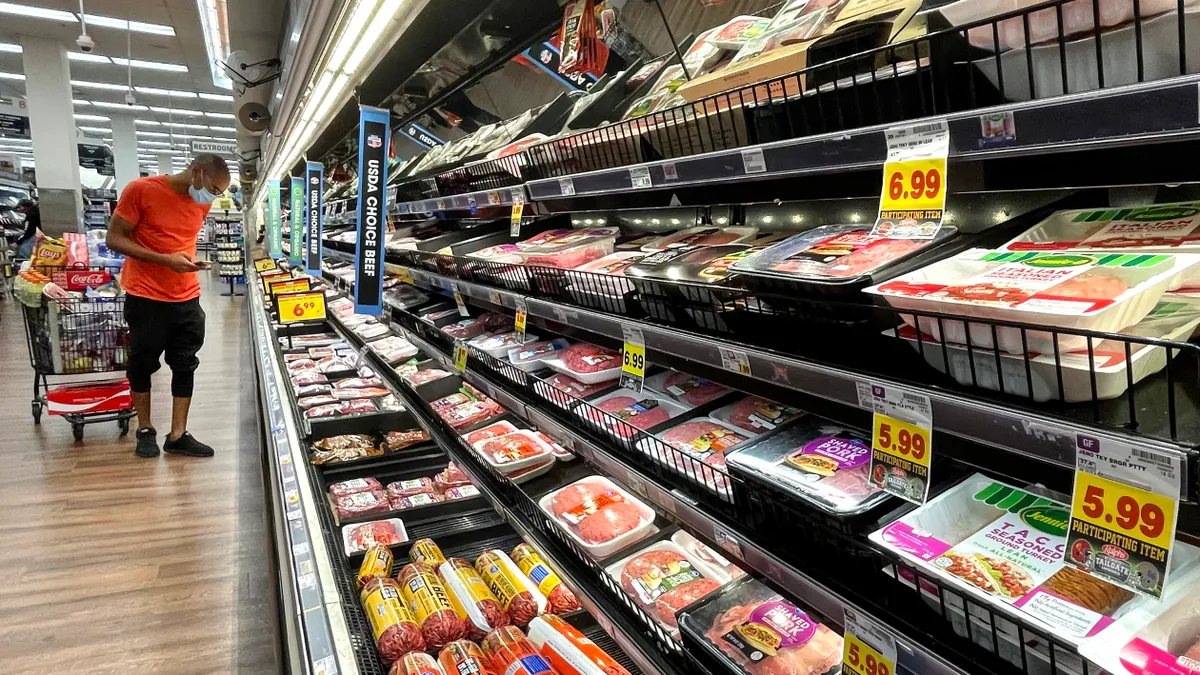What does it mean to be a plus-sized woman in the United States?
For one thing, it means being consistently asked to aspire to a beauty standard that doesn’t fit. For another, it means finding fashionable clothing is challenging.
But all of this is changing, albeit slowly. For women who have long been relegated to dismal department store corners and offered clothing designed to conceal rather than flatter, these adjustments are long overdue. But more far-reaching disruptions are still necessary, some say, especially with regard to how the category is portrayed in the media.
“People within the plus-sized community, and size-acceptance activists, are changing the conversation, and body positivity is helping, but it’s not helping enough,” said Alysse Dalessandro, independent size-inclusive designer of Ready To Stare and body positive advocate. “And accepting a size 12 [fashion] model doesn’t help a size 28 woman find a pair of jeans. A lot of people are saying, ‘Why aren’t you happy there are more options?’ And I’m happy there are, but it’d be great if you featured a model who’s size 28, too.”
Inclusive versus plus-sized
Recently the push for plus-sized fashion has been grouped into a more general discussion about inclusive sizing, but it’s worth noting that the two terms are distinct. The inclusive market, by definition, covers a larger segment of the population: Two-thirds of U.S. females consider themselves to be a special size, meaning, plus, petite, junior or tall, according to market research company NPD Group’s Consumer Tracking Service. By contrast, one-third of females identify as plus-size, the same study notes.
That range helps define ‘inclusive,’ but it’s of particular interest that the population distribution in special sizes is changing. For instance, NPD found that U.S. teens purchasing in the junior size category dropped from 81% in 2012 to 73% in 2015, while teens purchasing plus-size clothing is now 34%, compared to 19% in 2012.
In the overall women’s category, the numbers are equally compelling. NPD also found that in 2015, the plus-size market accounted for 17% of the U.S. women’s apparel market overall. Furthermore, U.S. sales of women’s plus-size apparel, which includes plus-size/full-figure, petite plus, and junior plus sizes, increased 5% in the 12 months ending February 2015 to $19.8 billion, and 3% in the 12 months ending February 2016 to $20.4 billion.
A few stores have realized the market potential. In April, J.C. Penney announced the imminent launch of its first private label plus-sized fashion brand, Boutique+, designed by "Project Runway" winner Ashley Nell Tipton. The line will be available in 500 of the chain’s 1,000 stores, as well as online. Additionally, J.C. Penney is rolling out in-store concept The Boutique, which will feature extended sizes from other Penney-owned brands such as Liz Claiborne and Bison Bisou. Online, the company plans to feature sizes up to 30w and 5x.
However, for the most part, fashionable plus-sized clothing has been the domain of plus-exclusive retailers as well an increasing number of independent designers filling the unmet sartorial needs of their customers. Dalessandro is adamant that the lack of options for plus-sized women is a direct result of societal mores against more inclusive ideas about what it means to be beautiful.
“This has nothing to do with demand, and everything to do with how the society views women over a certain size,” Dalessandro said. “Retailers are still seeing plus-sized consumers as an afterthought. It’s not about numbers. If it were about numbers, then we’d have more options.”
Hana Ben-Shabat agrees. “I think it’s rooted in culture,” said Ben-Shabat, a partner in the retail practice of global strategy and management consulting firm A.T. Kearney. “The fashion industry and the film industry have always equated beauty with thinness.”
Ben-Shabat says that the average size of women in U.S. is approximately 14; research from Washington State University assistant professor Deborah Christel suggests that number might be as high as size 16 to 18. Ben-Shabat says that the current U.S. population, size-wise, doesn’t resemble previously established standards, which is creating a dearth of options. “We’re finding ourselves in a situation where there’s a big part of the population that’s being ignored,” she said.
Dalessandro also worries that fashion brands aren’t listening to their plus-sized customers. “They tell us plus-sized models should be aspirational,” she said. “That’s what they tell us we want, even though we say, ‘We don’t want that.’ It’s so frustrating. We’re saying, ‘We don’t think this fits for us.’ If you’re going to call something ‘body positive’ then you should use all bodies.”
Dalessandro says that it’s not enough to have only one plus-sized model used to represent a diverse population of women. “One person cannot be the entire representation of this community,” she said. “A lot of people want to hold up [size 14 fashion model] Ashley Graham and say, ‘Look! We’re done!’ But she doesn’t look like me. So there has to be collective action.”
For Neil Kraft, owner of Kraftworks—the advertising agency behind several plus-focused and plus-friendly brands, including swimsuitsforall, fullbeauty and Playtex bras—a big part of the issue is that the industry is simply being elitist.
“I think there’s a reason people still fuss over a plus-sized [model in an] ad,” Kraft said. “If you look at Sports Illustrated, the percentage of ads showing plus-sized women is small. And the reason some people give is that ads want to be aspirational. But high fashion has always been a complete fantasy. There are more plus-sized women now than ever before. If they were smart, they would use larger women, but they haven’t caught on yet. The high fashion brands don’t carry larger sizes, let alone advertise it. They’re snobs. They don’t want the money. They don’t want larger women in their stores.”
Stocking problems
Some retailers maintain that the reason they have yet to include plus sizes in their offerings is financial. Stores and brands say that it’s simply more expensive to manufacture and stock an extended range of sizes, and to some extent, Ben-Shabat sees their point.
“It’s a lot more difficult to make inclusive sizing,” she said. “You make a sample size, and then grade it up and down. As you get into really big sizes, and more variations in shapes, you have to create more patterns to do that. It’s more time-consuming and more costly. And a size 30 garment uses a lot of more fabric than a size 4 item.”
However, Dalessandro, whose line ranges from size small to size 5X, disagrees with that assessment, and says it’s simply a pretext.
“I've heard people say that plus-sized samples cost more money to make than straight-sizes,” Dallesandro said. “But as an independent retailer, if I can do it, they can do it. And if you can spend $5 million on an ad campaign, then I think you can spend to extend your size range, and spend to use more models. These are just excuses to hide their fat phobia.”
Who serves plus?
There are brands that cater exclusively to plus-sized women, such as Lane Bryant, Torrid and Eloquii, formerly a Limited brand, which relaunched in 2014 and projected over $20 million in earnings last year. But Ben-Shabat sees a lot of growth in this category.
“This segment has been growing quite significantly in the past few years compared to the total market in apparel,” she said. “We also see a lot of companies popping up on the web who are focusing on this segment, like fullbeauty.”
Dalessandro, though, is quick to point out that not all plus-focused companies are getting it right. “The ‘plus is equal’ campaign from Lane Bryant got a lot of pushback,” she said. “The women in that campaign represented a small category of plus-sized women, and it did plus-sized women a disservice. We want to see women who look like us.”
Kraft also acknowledges that the market is still struggling with imaging. His company’s swimsuitsforall ad in Sports Illustrated’s 2015 swimsuit edition helped launch the career of Ashley Graham, but he says that many plus-size brand shy away from featuring models larger than Graham.
“When plus-sized brands show a girl that’s larger, they say they don’t sell as much as when they show a girl who’s Ashley’s size,” Kraft said. “She’s a size 14. But more people online are catering to this market, and at some point in the near future you’re going to see more mainstream brands cater to this market too.”
Dalessandro says that despite what brands say, her customers want to see larger models, and more models of color.
“Eloquii features their plus-sized clothing on real size 28 models,” she says. “When I look at their stuff, I want to see it on a size 28 model, because it’s easier for me to identify with a size 28 model even though I’m not a size 28. They want to give their customer what she’s looking for.”
What’s next for plus?
Unfortunately for many plus-sized customers, there are still only a few stores online and off that cater to plus-sized customers. But as the mainstream retail environment gets increasingly competitive, over-stored and complex, Ben-Shabat says that tapping into this market could provide a critical advantage moving forward.
“Plus sizes are growing much faster than the average apparel,” she said. “Ignoring this segment is a result of cultural norms that were created. But since those norms were created, the world has changed. I think more companies will start offering fashionable items for this market, and I think this will be one the fastest growing segments. And right now, when overall traffic is down, people should look for any opportunity to drive sales. I think this is one that you can bet on.”
Still, there’s a long way to go.
“We’ve seen drastic changes over the past six or seven years,” said Dalessandro. “That was when blogging and plus-sized blogging changed. Things are moving more quickly than ever before, we’re being seen for our dollar value. But I’d love to see more actionable steps to being inclusive. Not just making campaigns that say, ‘I love my body.’ I want to see the same things in plus sizes and straight sizes. I want to be with a friend who’s a small and shop on the same rack. But we have to remove the stigma that we have, and until we remove the stigma, we can’t change the fashion.”



